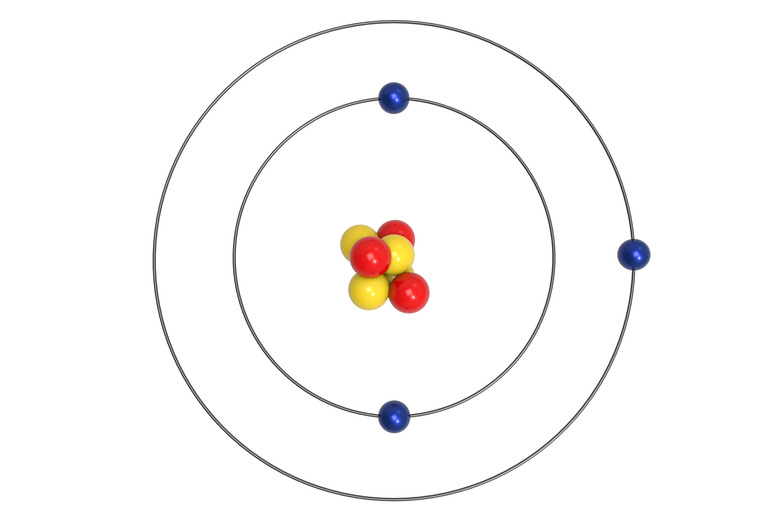How To Calculate Fractional Abundances
Fractional abundances relate to the proportion of various isotopes of a given element. Isotopes of an element are still the same element, although they may differ in weight because of a different number of neutrons. The abundance of these isotopes is detected with a mass spectrometer, which deflects positively charged ions and determine weight based on the variation in deflection. Because heavier isotopes do not deflect as much, the mass spectrometer can detect the various isotopes and tabulate their respective abundances.
Step 1
Test the element with a mass spectrometer, according to its manual.
Step 2
Look at the printout or display, and you should see a stick diagram, which is a graph with vertical lines that correspond to the various isotopes. On the left of the graph, there may be the percent abundance of each isotope. Divide the percent abundance by 100, and you will have the fractional abundance in decimal format. As an example, 51 percent divided by 100 results in a fractional abundance of 0.51. Not all mass spectrometers output percentages. Some may give you the relative number of occurrences or just a graphical interpretation of such, with no numbers included.
Step 3
Create a scale by drawing a proportional grid over the output. Number the horizontal grid lines from bottom to top and record the numbers corresponding to the top of each output. The scale used is of no importance, because you are only after relative abundances. As an example, if you had two isotopic vertical lines with one exactly half the size of the other, then you might measure the taller one as 200, which would make the shorter line 100. However, you could also measure them 300 and 150, or 4884 and 2442: it doesn't matter, because the proportion will still be the same. If your mass spectrometer output already includes relative abundance, then you do not have to do this; simply record the numbers.
Step 4
Add the total number of isotopes listed. In the example, you measured one isotope as 100 and the other as 200. Therefore, the total number is 300.
Step 5
Divide the relative abundance of any one isotope by the total number of isotopes to calculate the fractional abundance in decimal form. In the example, the isotope measurement of 200 would be divided by 300, which results in a fractional abundance of 0.667. The other isotope's measurement of 100 would be divided by 300 to give you a fractional abundance of 0.333.
Cite This Article
MLA
Taylor, C.. "How To Calculate Fractional Abundances" sciencing.com, https://www.sciencing.com/calculate-fractional-abundances-7591588/. 13 March 2018.
APA
Taylor, C.. (2018, March 13). How To Calculate Fractional Abundances. sciencing.com. Retrieved from https://www.sciencing.com/calculate-fractional-abundances-7591588/
Chicago
Taylor, C.. How To Calculate Fractional Abundances last modified March 24, 2022. https://www.sciencing.com/calculate-fractional-abundances-7591588/
